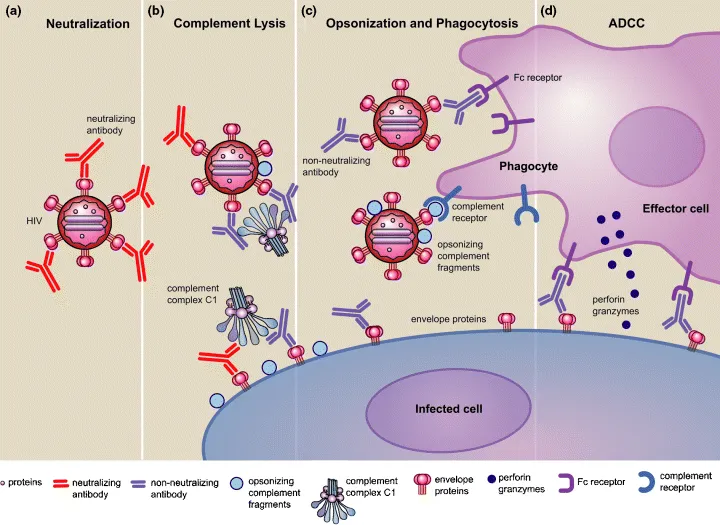The Humoral Immune Response

The humoral immune response is the body's reaction to a foreign antigen. This response occurs in two phases: active and passive. The active phase involves the production of antibodies by effector B cells, while the inactive step involves memory B cells. The immune response is initiated when B cells recognize a unique antigen on a pathogen's surface and produce antibodies.
Passive humoral immunity
Passive humoral immunity is a process whereby immune cells in a host receive antigens and respond to them by producing antibodies. The antibodies are selective and neutralize the antigen. B lymphocytes within lymphoid tissue make these antibodies. In some cases, B cells can be found in the peripheral circulation and are ready to produce antibodies.
Passive humoral immunity is usually acquired from natural sources. This includes antibodies passed from mother to baby during pregnancy or breast milk. However, it can also be artificially acquired through vaccination. Depending on the disease, passive humoral immunity can be either temporary or permanent.
Adaptive humoral immunity
Adaptive humoral immunity is the ability of the human body to fight off infections by various microbes. This complex process involves different components of the immune system adapting to different situations to fight off infections. A key feature of adaptive humoral immunity is the production of antibodies produced by B-cells and T-helper cells. The antibodies then bind to antigens and destroy the infected cells.
Adaptive humoral immunity is a type of immune response that involves specific recognition of specific features on a pathogen's surface and initiating a cascade of events that results in the elimination of the pathogen. By recognizing a particular pathogen, the immune system establishes a memory of the pathogen, which protects it against future exposure. Adaptive immunity also has the benefit of being able to distinguish closely related macromolecules, thereby reducing the risk of infections.
Memory B cell
Memory B cells are cells that are produced in response to antigens. They differ from naive B cells because they require common antigens concentrations to trigger their response. They can be induced by soluble mediators and undergo expansion and differentiation to plasma cells. These cells also express peptide-MHC class II fragments.
After primary virus infection, memory B cells are activated during subsequent infections. However, they often bind weakly and do not provide effective protection against the second infection. This makes memory B cells preferential over primary naive B cells.
Nuclear polyadenylation
Polyadenylation is an essential mechanism for gene function regulation. It occurs in over 60% of human genes and is required to synthesize diverse mRNAs and proteins. Dysregulated polyadenylation is often found in a variety of human diseases. The process involves the addition of a long stretch of adenosine to the 3' end of mRNAs, which is important for the regulation of mRNA stability and translation.
The function of nuclear polyadenylation in the humoral immune response involves the activation of resting B cells and subsequent structural and functional changes. These changes lead to the production of antibody-secreting plasma cells and high-affinity memory B cells. This process involves extensive B cell differentiation, clonal expansion, somatic hypermutation, affinity maturation, and isotype switching. In addition, extensive B cell differentiation consists of reorganizing the rough endoplasmic reticulum and Golgi compartments. Moreover, extensive B cell differentiation promotes immunoglobulin synthesis.
T cells
The humoral immune response is one of the two major systems of the body. The reaction occurs after the body is exposed to a pathogen. It is mediated by T and B cells and involves training and memory. Unlike the innate immune response, which does not retain antigens, adaptive immunity can recognize a specific pathogen and mount a more powerful response when it is next exposed to that pathogen.
These cells also produce various mediators. The cytokines that they have to depend on the type of immune cell. They direct appropriate immune responses to different pathogens and play a regulatory role in tissue.



